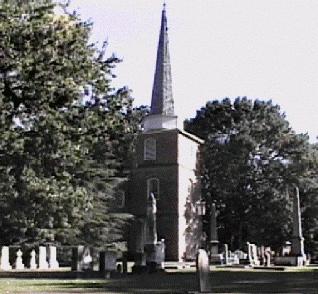
Vestry in early modern England was the gathering of parishioners to transact parish business. The term derives from the place in parish churches where vestments, utensils, and vessels used in worship were held, where clergy robed, and where official records ordinarily would have been stored. Given the size of parishes in American colonies where the Church of England was established by law, a "select" vestry, composed of an elected or designated small number of lay persons serving together with the parish minister, replaced this historic practice of a general gathering of parishioners.
In North Carolina, as in Virginia, 12 laymen (vestrymen) managed the affairs of the parish, including the hiring of a minister, the building and maintenance of churches, care for the disadvantaged and handicapped, and the levying of funds to carry out these functions. North Carolina's first vestry met in Chowan Parish on 15 Dec. 1701, members having been named in the Vestry Act of 1701. Following initial election, vestries typically became self-perpetuating ruling bodies unless election or new legislative appointment resulted from the division or consolidation of the parish or the legislative dissolution of the existing body. Where the parish system was effectively instituted, as in Virginia, the vestry became the form of local governance most closely related to the everyday activities of the people.